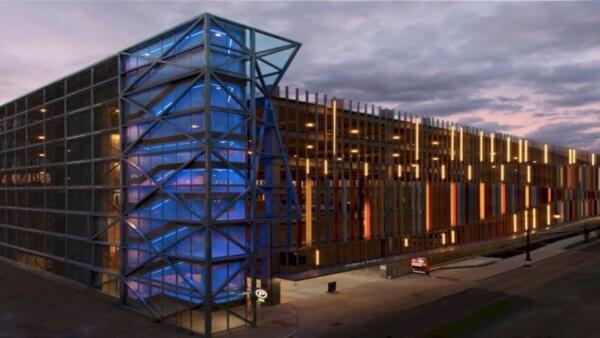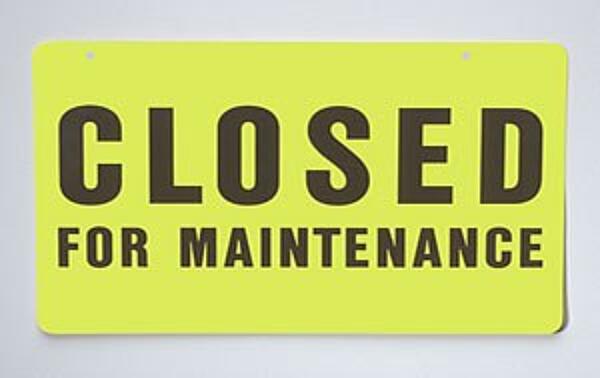Savings in Use
Time to First Maintenance

One of the primary advantages of utilizing hot-dip galvanized steel elements in anything from bridges to airport baggage carriers is the durable corrosion protection provided by a coating that will withstand the effects of time, damage, and weather. A combination of barrier and cathodic protection, in addition to the zinc patina, work together to protect exposed galvanized steel elements, allowing them to exist outdoors, maintenance-free for decades. Contrarily, alternatives such as concrete and painted steel are not equipped for the harsh conditions of constant exposure to weather and/or pedestrian and vehicle traffic.
Unlike hot-dip galvanizing which provides impervious protection to the steel, the pinholes in paint coatings and porous nature of concrete allow corrosion accelerating electrolytes to penetrate the material and attack the underlying or reinforcing steel within. This attack leads to cracking, peeling paint, and spalling, all of which require costly, regular maintenance throughout the life of the structure.
The maintenance-free protection of galvanized steel means big savings during the use phase.
Indirect Costs

Though often forgotten or not considered when thinking about costs during use, the indirect costs incurred during maintenance can significantly increase the overall transportation infrastructure price tag. Indirect costs are often considered hidden costs, as they are not as easy to identify and quantify.
They include things such as lost toll fees, lost revenue to surrounding businesses, travel delays, and detoured visitors who have to find other means or routes of transportation when roads, bridges, or mass transit stations are closed for maintenance. Life-cycle analysis estimates indirect costs to the user due to traffic delays and lost productivity at more than 10 times the direct cost of corrosion.
With HDG steel structures, clients are spared the indirect costs of loss of functionality for maintenance or repair shutdowns because of the extensive time to first maintenance, which is often the entire life of the structure. Conversely, concrete and painted structures will have to be shutdown during these routine repairs.